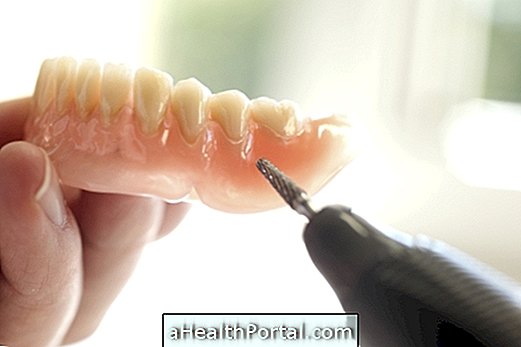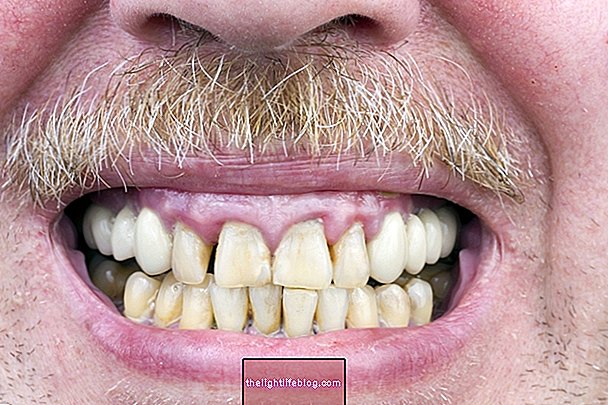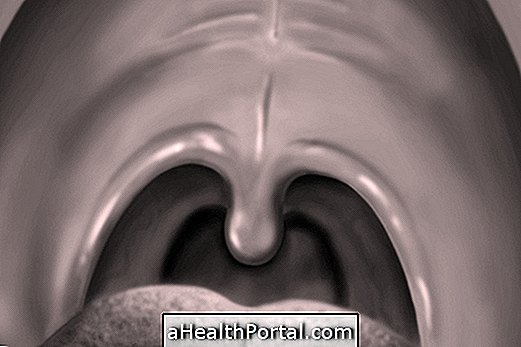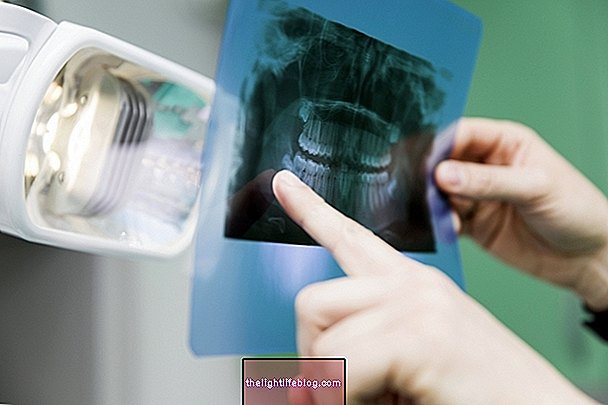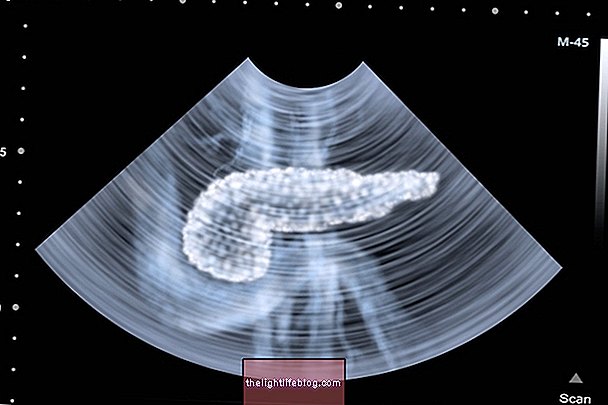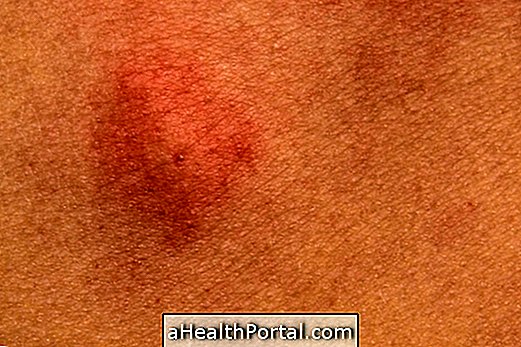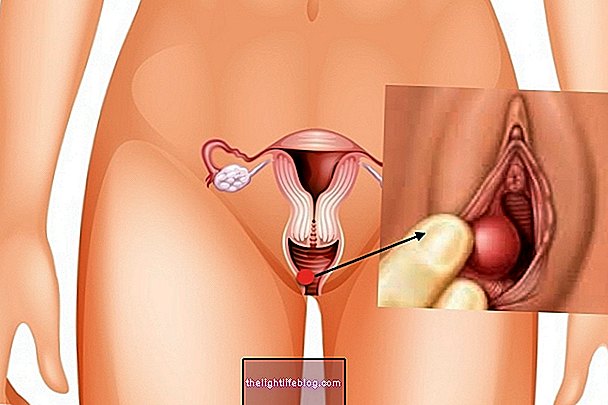Pus in the gums usually appears as a result of an infection, and can be a sign of a disease or dental condition, such as a cavity, a gingivitis or an abscess, for example, which should be treated as soon as possible in order to avoid complications more serious.
The most common causes that can lead to the appearance of pus in the gums are:

1. Dental fistula
The dental fistula corresponds to a blister, which can appear near the gum or inside the mouth, as a result of the reaction of the body's immune system to an infection. Although it does not cause symptoms, the cause of the fistula needs to be identified by the dentist, in order to make the treatment and avoid complications. Learn how to identify a dental fistula.
What to do: Treatment depends on the cause of the fistula. The dentist can drain the pus present in the fistula and, in some cases, treat a tooth that is the source of the infection. In addition, it may still be necessary and use of antibiotics.
It is also important to focus on prevention, improving oral hygiene habits, to prevent the occurrence of infections and the formation of fistulas, such as brushing your teeth after meals, using dental floss and mouthwashes, in addition to periodically going to the dentist.
2. Dental abscess
A tooth abscess is a kind of pus-filled pouch caused by a bacterial infection, which can occur in different regions of the tooth or even in the gums, near the root of the tooth, which can cause symptoms such as very severe pain, sensitivity to cold and to hot and swelling.
The abscess usually happens due to an untreated cavity, a wisdom tooth that has no room to be born, an injury or poorly performed dental work. Here's how to identify a dental abscess.
What to do: Treatment can be done by draining the abscess fluid, devitalizing, administering antibiotics or, in more severe cases, extraction of the affected tooth may be necessary.
3. Purulent alveolitis
Alveolitis is characterized by an infection of the alveolus, which corresponds to the inner part of the bone where the tooth fits, which can occur due to poor healing, after a tooth is extracted. The symptoms that can arise in purulent alveolitis, are the production of pus and bleeding that cause bad smell and severe pain.
What to do: Generally, the treatment consists of cleaning the area and administering antibiotics and anti-inflammatory drugs.
4. Periodontitis
Periodontitis is a condition that is characterized by inflammation of the gums, caused by a bacterial infection, which results in the destruction of the tissue that supports the tooth, which can lead to its loss.
One of the most common signs of periodontitis is bleeding gums, which can occur with simple gestures, such as brushing or chewing food. In some cases, the person only realizes that he has a health problem in his mouth, when the teeth start to become soft and fall out, without any apparent cause. Learn more about periodontitis.
What to do: The treatment of periodontitis consists of scraping the root of the tooth, in the dentist, in order to remove plaque and bacteria that destroy the bone structure of the tooth. In some cases, antibiotics may also be required.
Watch the following video and see how to take care of your teeth, in order to reduce visits to the dentist:

Was this information helpful?
Yes No
Your opinion is important! Write here how we can improve our text:
Any questions? Click here to be answered.
Email in which you want to receive a reply:
Check the confirmation email we sent you.
Your name:
Reason for visit:
--- Choose your reason --- DiseaseLive betterHelp another personGain knowledge
Are you a health professional?
NoMedicalPharmaceuticalsNurseNutritionistBiomedicalPhysiotherapistBeauticianOther
Bibliography
- RAFFAELLI, Marcelo P. Etiology of Periodontal Disease: Literature Review. Master's Thesis, 2016. Universidade Fernando Pessoa - Faculty of Health Sciences.
- ARAUJO, Ana Márcia M. S. Periodontal disease: a risk factor for pregnant women. Specialization Course Conclusion Paper, 2011. Federal University of Minas Gerais.
- NATIONAL INSTITUTE OF DENTAL AND CRANIOFACIAL RESEARCH. Periodontal (Gum) Disease. 2017. Available at:. Accessed on 27 Mar 2020
- BRITO, Géssica Oliveira Gomes. ALVEOLITE AND ITS CURRENT ASPECTS. Dentistry course completion work to obtain the Bachelor's degree, 2017. Tiradentes University.

